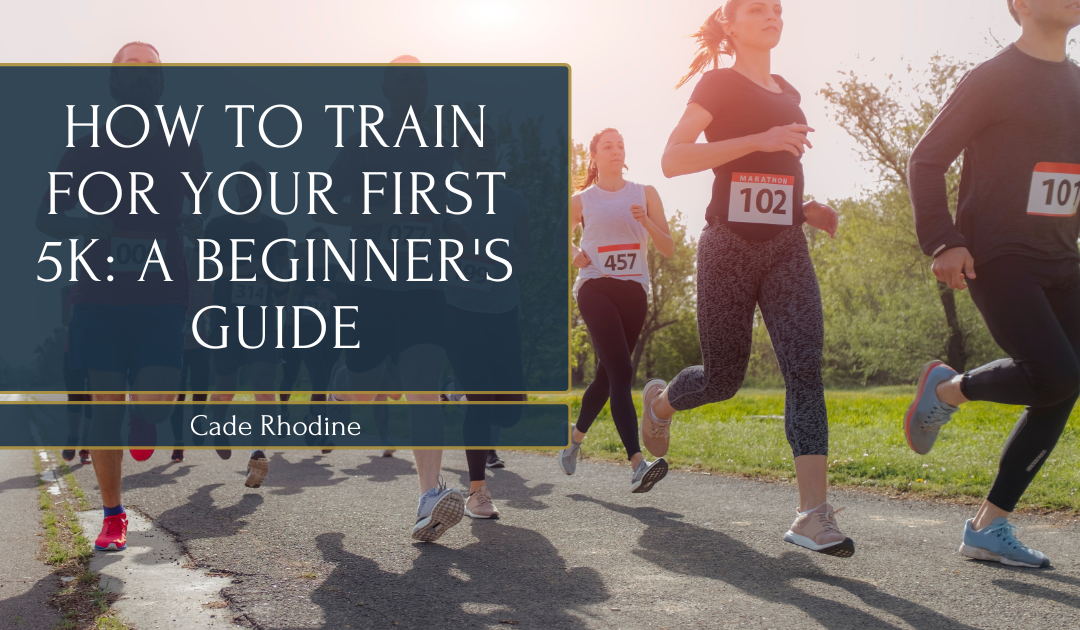Training for your first 5K can be an exciting and rewarding experience. Whether you’re running for fitness, fun, or as a personal challenge, the key to success lies in creating a solid training plan, pacing yourself, and staying consistent. With the right approach, anyone can cross the finish line with pride, even if you’re a total beginner. Here’s a beginner’s guide to help you get started on your 5K training journey.
The first step in training for a 5K is understanding that you don’t have to be an experienced runner to participate. Many beginners walk, jog, or alternate between walking and running during the race. With this in mind, it’s important to set realistic goals for yourself and approach your training with a gradual and consistent plan. A typical 5K is 3.1 miles long, so aim to build up your endurance and strength in small, manageable increments.
Start by building a weekly schedule that incorporates running and walking. A great way to approach this is through the walk-run method, which allows you to alternate between walking and jogging in a structured way. For example, you might start with a combination of 30 seconds of jogging followed by 90 seconds of walking, gradually increasing the running portion as your stamina improves. This method helps prevent injury and builds your cardiovascular fitness over time.
As you progress, it’s important to gradually increase both the duration and intensity of your workouts. After a couple of weeks, aim to increase the total time you spend exercising. Start with around 20-30 minutes per session and gradually work up to 40-45 minutes. You should also increase the distance each week, aiming to reach at least 2 miles by the middle of your training. Eventually, your goal is to be able to run 3 miles without feeling exhausted, though it’s perfectly fine to take short walking breaks as needed.
In addition to your running and walking sessions, cross-training is an important component of your fitness routine. Cross-training involves engaging in different types of exercise, such as cycling, swimming, or strength training, to improve overall fitness, prevent burnout, and reduce the risk of injury. By including variety in your training, you can target different muscle groups and avoid overuse injuries.
Another crucial aspect of training is rest. Many beginners make the mistake of pushing themselves too hard, which can lead to injury and burnout. Be sure to schedule rest days into your training plan. Your muscles need time to recover and rebuild, so rest is as important as exercise. Additionally, take note of any signs of overtraining, such as persistent fatigue, soreness, or pain. If you experience these symptoms, allow yourself extra time to recover.
When it comes to race day, it’s important to arrive prepared. Make sure to rest the day before the race, hydrate well, and eat a light breakfast before you start. On race day itself, pace yourself – starting too fast can leave you exhausted before you finish. Instead, aim for a comfortable pace where you can breathe steadily and maintain your energy throughout the race.
Finally, remember that completing your first 5K is an accomplishment in itself. Whether you run the entire distance or incorporate walking intervals, you should be proud of your effort and your training. Embrace the experience and enjoy the sense of community that comes with participating in a race. Completing a 5K is just the beginning, and it may inspire you to continue running or set new fitness goals in the future.
By staying consistent, listening to your body, and focusing on gradual progress, you’ll be ready to run your first 5K. It’s not about speed; it’s about achieving your personal best and enjoying the journey along the way.

